Business software packages first burst on the market with the introduction of Microsoft Office for Windows in November 1990, which offered Word 1.1, Excel 2.0, and PowerPoint 2.0 in a package that swiftly became the standard in every office using computers.
Computer power has increased steadily ever since, and business software has become more sophisticated right along with it. By the mid-1990s, the largest and most sophisticated companies were using what we now know as customer relationship management (CRM) and enterprise resource planning (ERP) software.
The software helped these companies manage large numbers of leads and sales as well as the entire scope of “back office” functions that generate sales and fulfill sales commitments. But just as inexpensive PCs replaced costly mainframes only the major companies could afford, both CRM and ERP software are now accessible to companies of all sizes.
Here we’ll look at how both CRM and ERP evolved and when it’s worth investing in the growth of your business. Then we’ll review some effective but much less expensive alternatives.
What is CRM?
By definition, all businesses have customers. Sales typically happen between sales representatives and either individual retail customers or representatives of other businesses (known as B2B sales). CRM software tracks and manages all the interactions with the customer — from the first time someone reads a product review or another company requests more information.
A CRM system is a central repository of all the data a company collects during its interactions with customers. By scrupulously compiling and analyzing this data, the company can individualize marketing and generally make far more informed and insightful evaluations about which customers merit the most attention. Plus, it can help identify how to improve sales performance and how often to contact leads and existing customers.
The roots of contemporary CRM systems are in sales force automation (SFA) systems. Companies began using them in the mid 1980s for increasingly data-driven direct marketing campaigns.
That’s when the first contact management software (CMS), which was basically a searchable electronic Rolodex, became available. By the mid-90s, “customer relationship management” was the term everyone was using to describe the software that integrated these separate databases.
Steady progress lowered the cost of computer power, which drove the development of SFA software for telemarketing, lead generation, quote preparation, and other essential tasks that precede actual sales and orders. SFA and contact management, in combination, took shape as the earliest forms of CRM by 1995.
What is ERP?
Just as CRM evolved as software and computing power grew more powerful, enterprise resource planning (ERP) got its start in the process known as “material requirements planning” (MRP), which manufacturers have long used to procure, organize, and track all the skills and resources needed to operate.
ERP provides organizations with a central database that pools the general ledger (GL), accounts payable, accounts receivable, and payroll and financial reporting. It also covers management of inventory, orders, supply chains, and crucial data necessary to operate a service-based business.
Depending upon the ERP system and the needs of the company, these software packages can also include procurement, distribution and fulfillment, and human resources.
Having a single, shared database that contains all of an organization’s finances and business data brings many benefits, such as accelerating the process of writing reports — like monthly sales analyses or reports senior managers might specifically request. It also makes it easier for employees to glean insights from company data.
Businesses that become adroit with their ERM software generally make better use of data when making both strategic and tactical decisions.
ERP also drastically expedites that basic business ritual of “closing the books” at the end of each month and business quarter. Tabulating income and expenses is much easier and faster with ERP than with more elementary accounting software.
Organizations also gain better financial control when using ERP systems that limit access to specific employees. This greatly improves audit trails — and it reduces the potential for any sort of fraud.
CRM vs ERP: Which one, both, or neither?
You need CRM even if only you and a folding table in your spare bedroom constitute your business. Happily, customized Jotform CRM templates might be all the CRM you need to drive sales, increase revenue, and fund growth. CRM is enough to scale your business up to a certain point.
How do you recognize that point? Ultimately, it’s a judgment call. But you’ll hit some number of employees, locations, business lines, or whatever measures of growth are relevant to your business where your operations will be too big to manage with the tools that were sufficient when you started.
That’s when it’s probably time to level up your CRM and look into ERP.
Photo by Burst


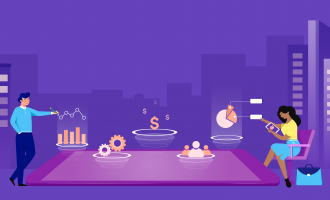
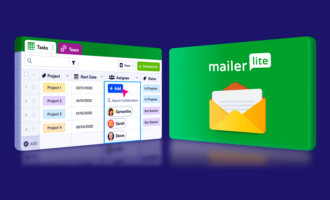








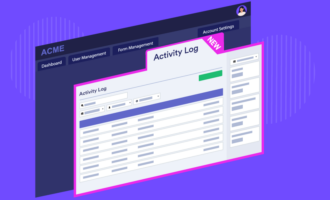

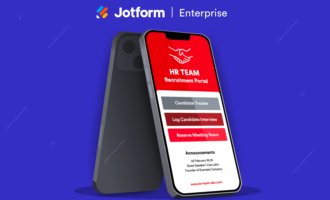

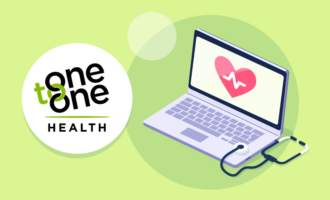






Send Comment: